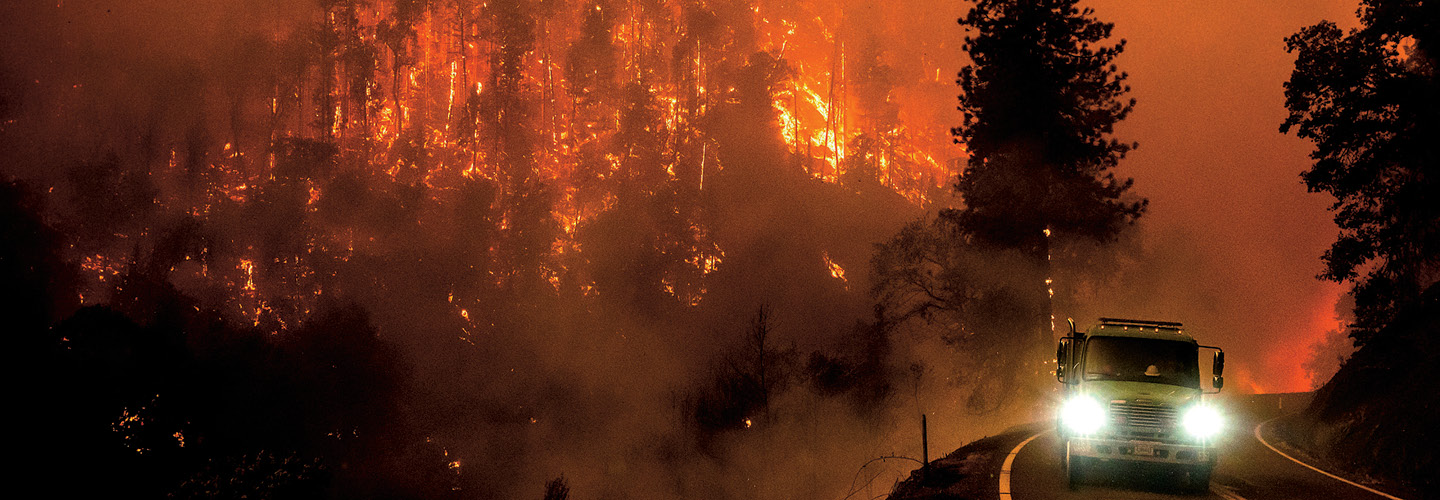Prisha Shroff could hardly believe what she was seeing from the backseat of her family’s car. As a huge wildfire raged nearby, a haze of smoke filled the air and police blocked the road ahead.
“It was burning everything in its path,” recalls Prisha, now 15. “We were forced to turn back.”
The Chandler, Arizona, teen was visiting California with her family in 2020 when they encountered a blaze known as the August Complex fire. It consumed more than 1 million acres and destroyed hundreds of homes. For weeks after it began that August, people across the state were told to stay inside to avoid inhaling dangerous smoke.
“After seeing the devastating impact that the wildfire was having, it really showed me that there’s a need for some solution,” says Prisha.
With a love of science and coding, she decided to tackle the problem herself. Over several months, Prisha developed a computer program that uses artificial intelligence to predict wildfires. It collects and analyzes satellite data such as temperature, soil, moisture, and wind. If a place is at high risk, the program can alert authorities and potentially even send drones to spray a substance that can slow the spread of the fire.
Prisha Shroff could hardly believe what she was seeing from the backseat of her family’s car. As a huge wildfire raged nearby, a haze of smoke filled the air. In response, the police had blocked the road ahead.
“It was burning everything in its path,” recalls Prisha, now 15. “We were forced to turn back.”
The Chandler, Arizona, teen was visiting California with her family in 2020. During the trip, they came across a blaze known as the August Complex fire. It burned through more than 1 million acres and destroyed hundreds of homes. For weeks after it began that August, people across the state were told to stay inside. The advice was intended to keep people from inhaling harmful smoke.
“After seeing the devastating impact that the wildfire was having, it really showed me that there’s a need for some solution,” says Prisha.
With a love of science and coding, she decided to tackle the problem herself. Over several months, Prisha built a computer program to predict wildfires. The program uses artificial intelligence. It collects and analyzes satellite data such as temperature, soil, moisture, and wind. If a place is at high risk, the program can alert authorities. It even has the potential to send drones to spray the area to slow the spread of the fire.

